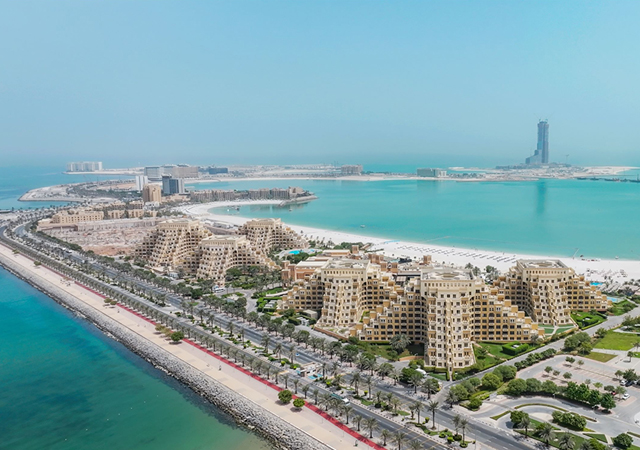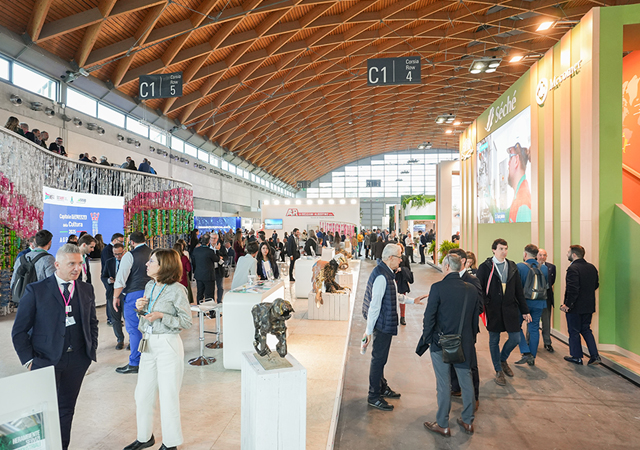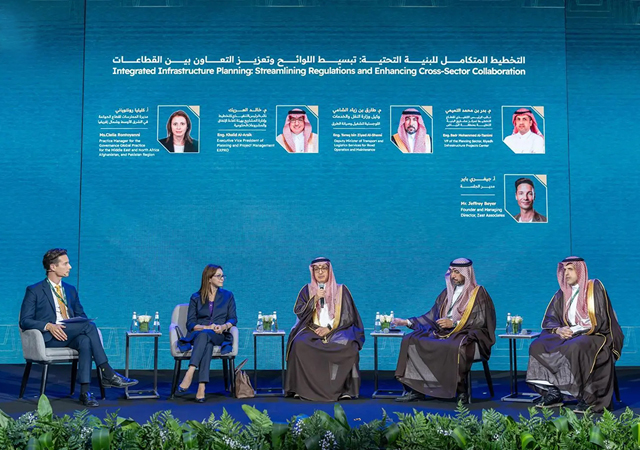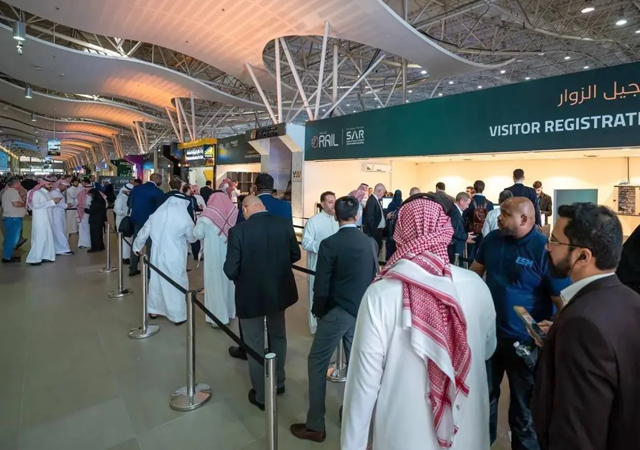 Conte ... integrating technology.
Conte ... integrating technology.
The financial downfall of 2008 has left a sting which is hard for any retail designer to forget. It literally sent us back to the drawing board to try and figure out creative and innovate ways to capture the attention and pockets of the consumer.
With shopping being an integral part of life in the Gulf, retailers here certainly felt the shift and decrease in customer footfall and sales, albeit on a less severe scale than the rest of the world. One thing we have learned for certain from this challenging time – the face of retail has been changed forever by the ingenuity of both the designer and the tech guru.
Gone are the days when retailers had the upper hand in determining pricing and distribution. Social media, price check apps and website reviews have brought transparency and information to the forefront. Consumers have control over what and where they buy from, leaving retailers clamouring for attention. This is why the most important retail design trends for 2014 are about creating experiences that keep people interested.
Survival in retail means being able to adapt to a consumer-centric reality. E-tailers and hybrid-tailers will continue to make transactions more user-friendly by including algorithms that tailor solutions to the individual. But the exciting trends will focus on the traditional brick-and-mortar shop and, more importantly, humanising the in-store experience.
The irony in these trends is that technology somehow plays a role in the process of humanisation.
With the growing popularity of Instagram and Pinterest and the exposure to impeccably stylised product shots and interiors comes the elevated expectation of the same experience in-store. Retailers will begin to give space in store to the likes of art installations, entertainment lounges and seating areas – all things that don’t “sell”, in an attempt to connect with consumers on an emotional level.
The traditional cash desk is changing in size, shape and even existence. Many retailers will always need a “home base” for bags and supplies but, when possible, we will begin to see more knowledgeable staff interacting directly with consumers armed with iPads – even being able to complete the cash transaction on the spot. While this might not be suitable for all retail segments, it does simplify the check-out process in shops that desperately need the perception of “ease” as prime focus (Apple has already implemented this ingenious process, where possible).
Brands of influence have taken the opportunity to interact with customers with bold and conversational design elements very seriously. Strategically branded walls with relevant messaging, videos or icons in unexpected locations generate intrigue. The more out of place the message seems the more captivating it appears.
Theatre is now becoming part of the retail experience: imagine being transported through a 30-ft-long “light tunnel” where your retina is prepared for an “experience room”. This is exactly what designers out of New York have developed for Under Armour, a leading sports fashion brand. The customer is immersed in a panoramic film which serves as a prelude to the retail space where you find mannequins wearing the items featured in the film.
Tablets are being introduced into the shop to help consumers narrow down decisions and caught onto this idea where body shape, size and denim wash can be pre-selected and within two minutes every suitable option is delivered to the customer via conveyor belt.
Ultimately, each of these trends relate to a basic imperative expectation that technology be integrated into retail spaces to help humanise the experience. Ironic? Absolutely … but necessary if retailers expect future loyal followings from the next generation of shoppers who are even more emotionally attached to their devices than the current spenders.
Good retail designers will be clever enough to integrate technology with what traditionally makes a successful retail space – appropriate use of colours, form, texture, innovative materials and lighting. The best retail designers will leave the world wondering how we ever shopped before.
* Carla Conte is creative director at Brand Creative. The company was established in 2011 by Conte and Mohammed El Hijazi and has a core team of talented and knowledgeable artists with backgrounds in strategy, architecture, civil engineering, interior design and graphic design. The company specialises in the retail, hospitality and entertainment sectors in the UAE, GCC and internationally, providing unique, creative solutions that increase brand awareness and sales. Its impressive portfolio of clients includes Burj Al Arab, Four Points Sheraton, LuLu Group International, Al Khayyat Investments and Maybury Retail DWC. The company won an International Interior Design Association (IIDA) award for the “Best in Retail” category” in the 2013 Middle East Interior Design Competition, for its work in transforming the look, brand and feel of Bin Sina Pharmacies. Carla Conte has also been named one of the top 50 most influential designers in the region for 2013 in CID magazine.



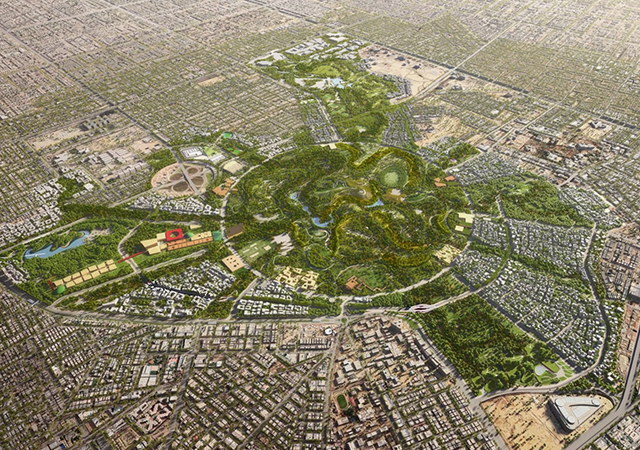
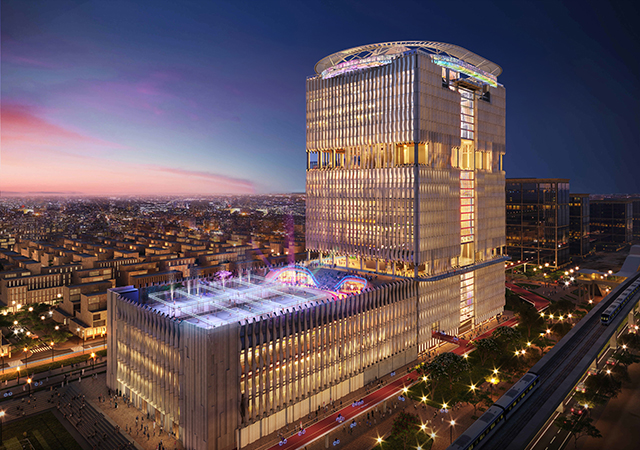
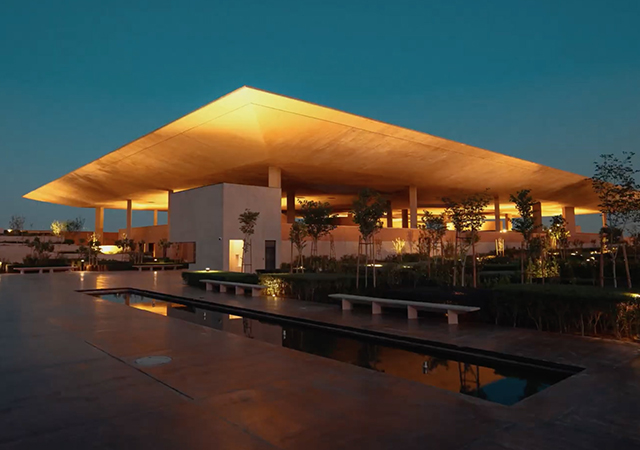
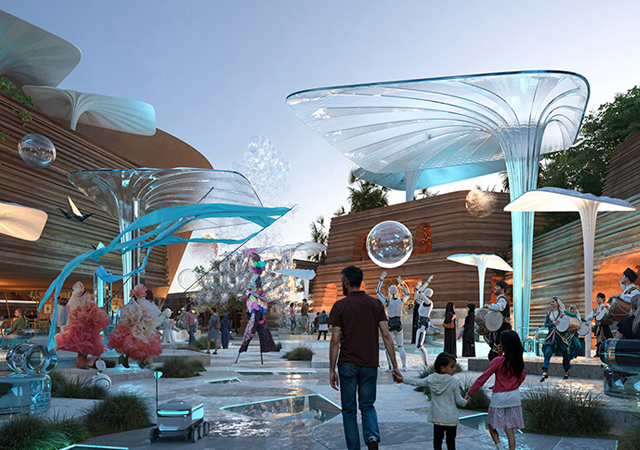
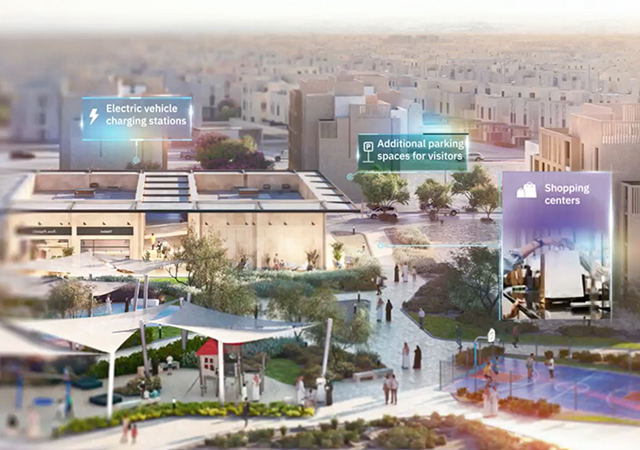
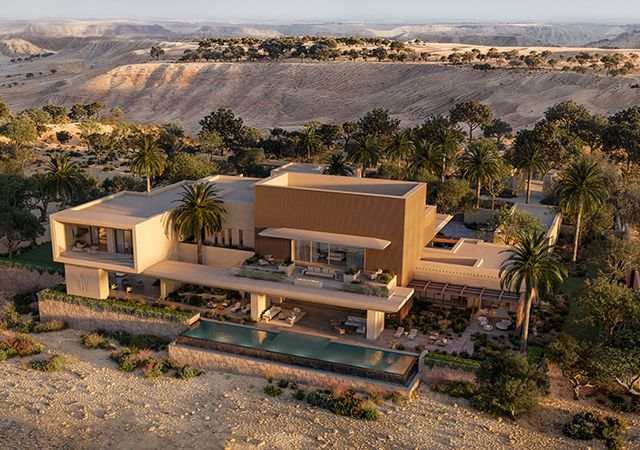
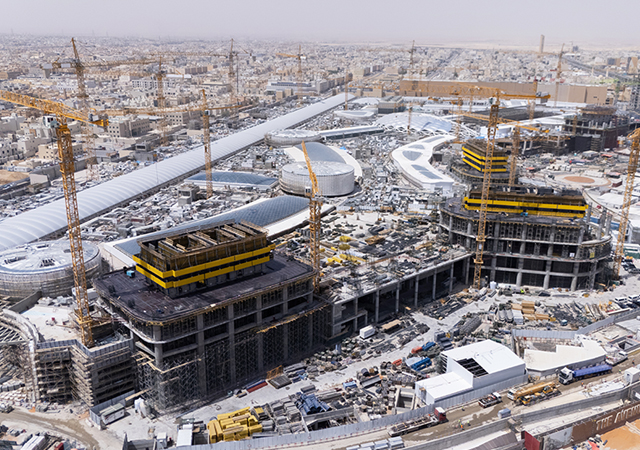
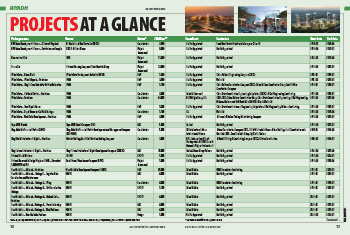
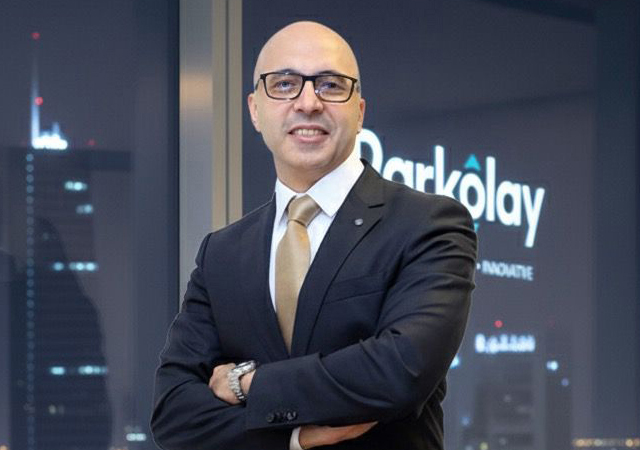
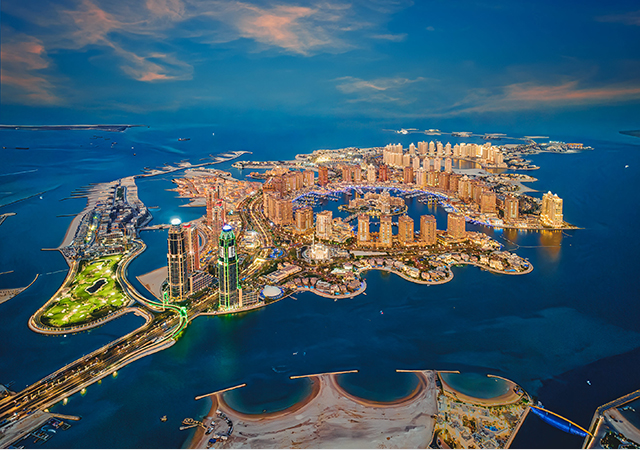
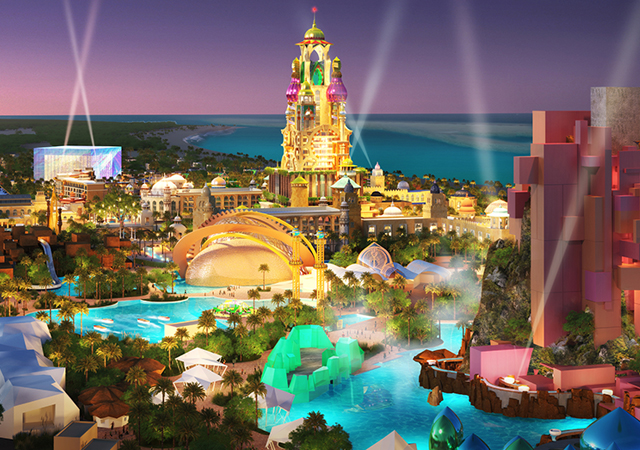
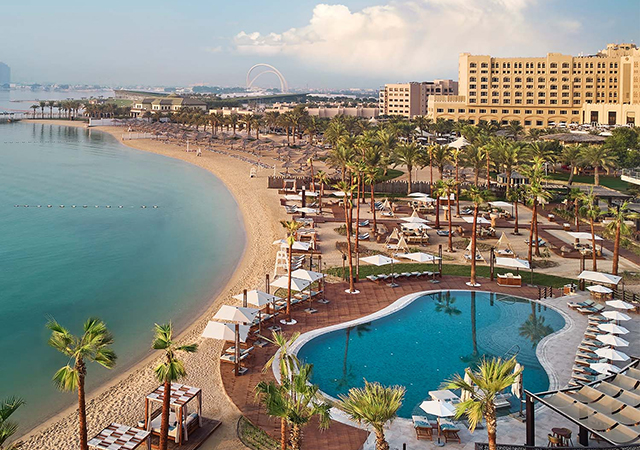
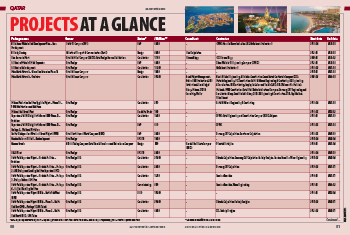
.jpg)
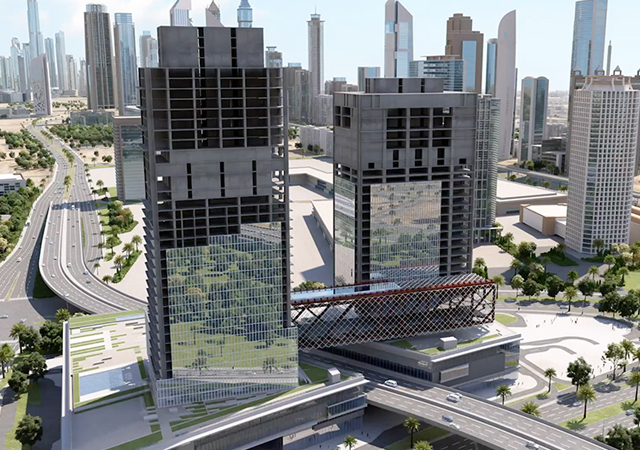
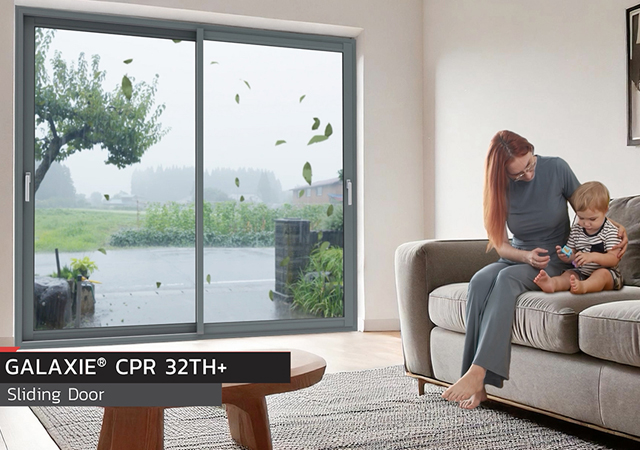
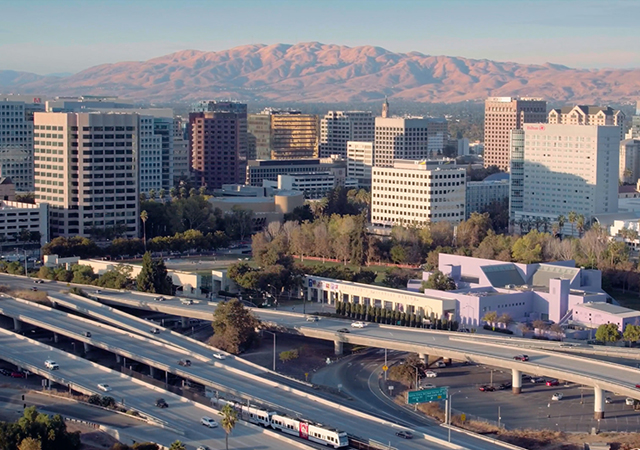
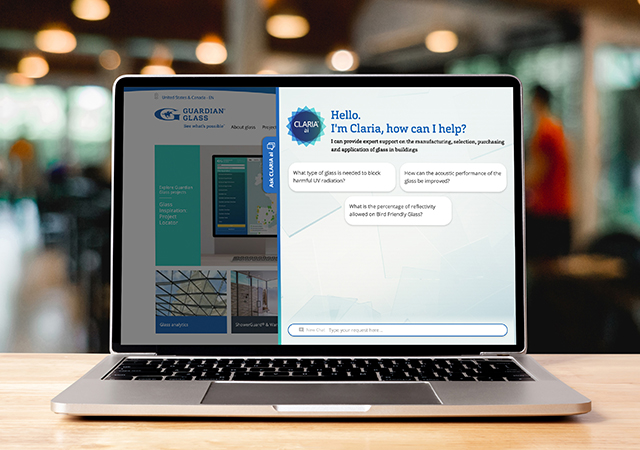


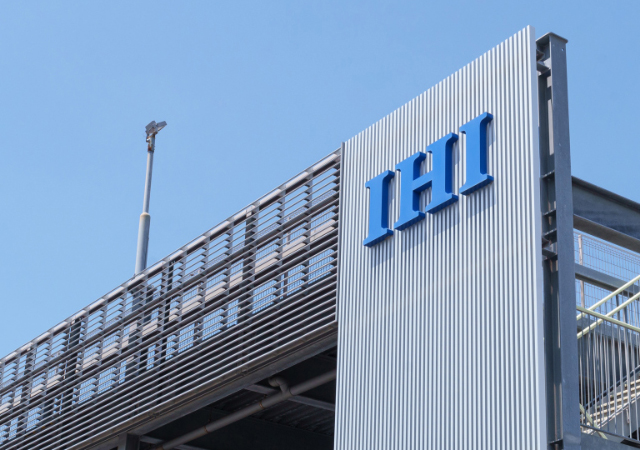
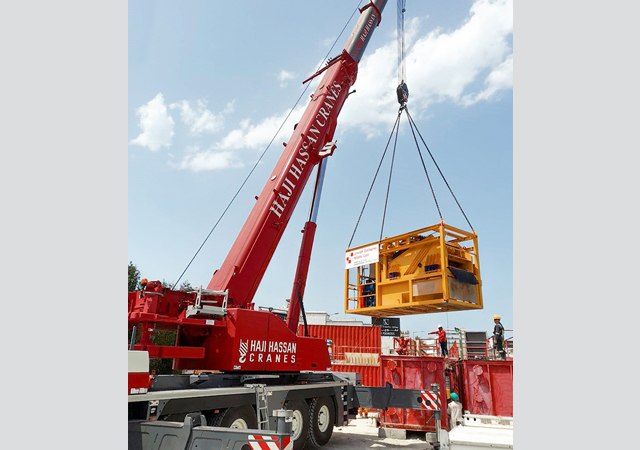
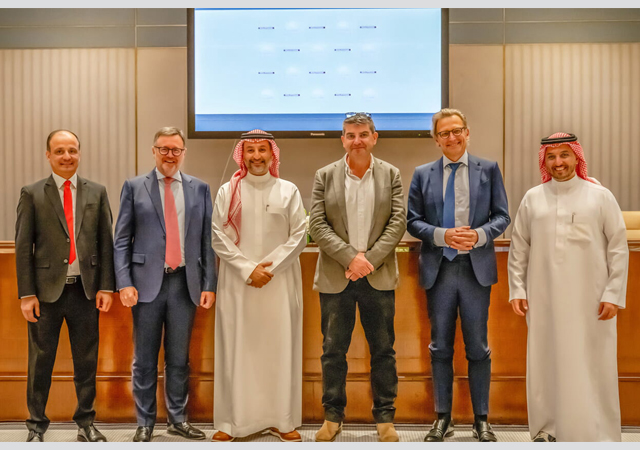
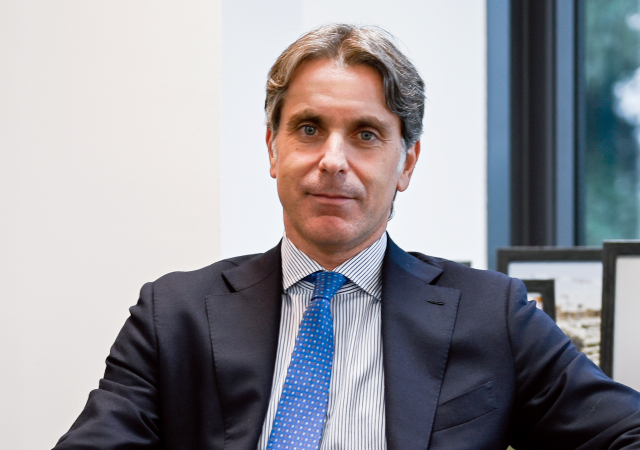
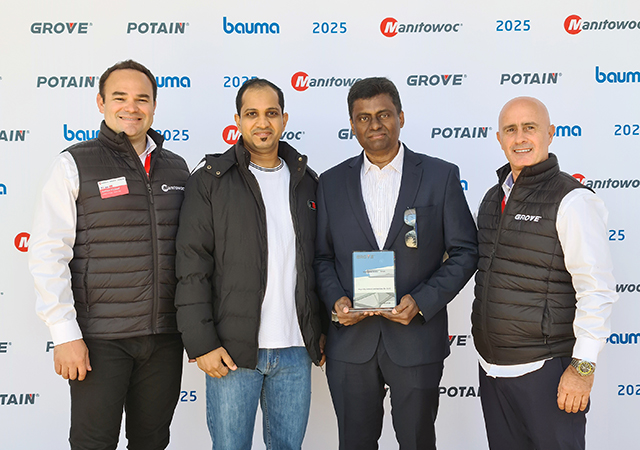

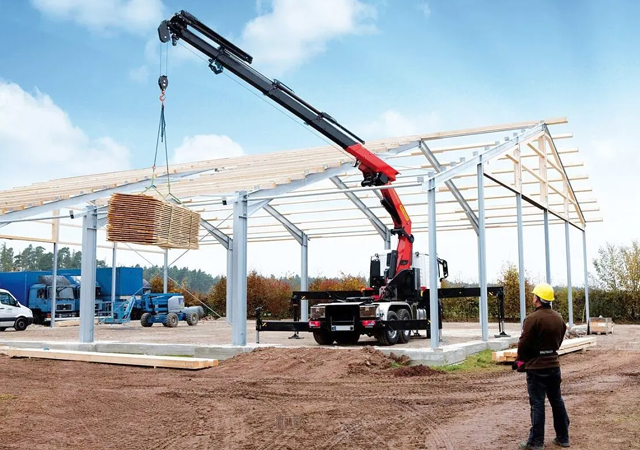

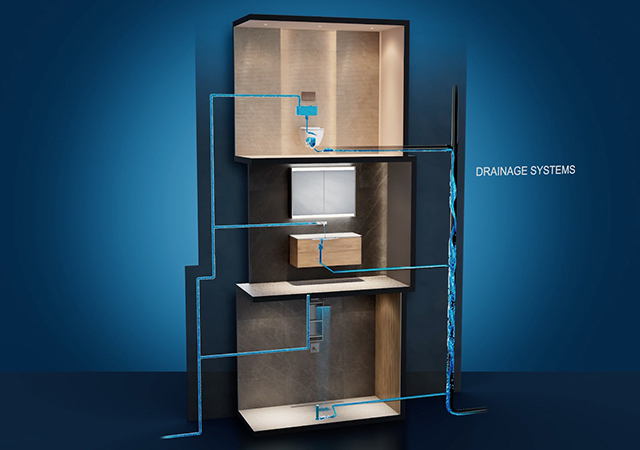


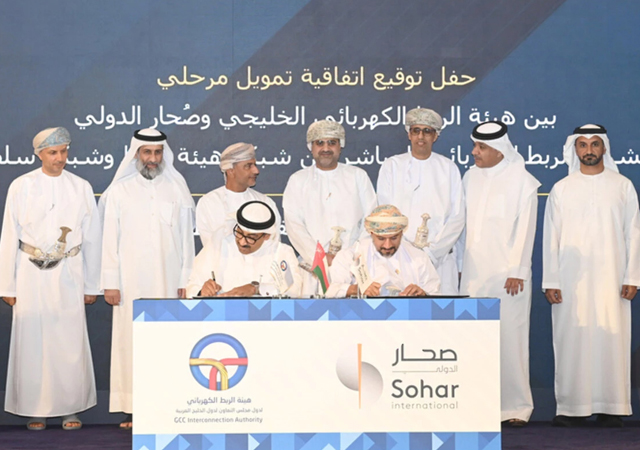
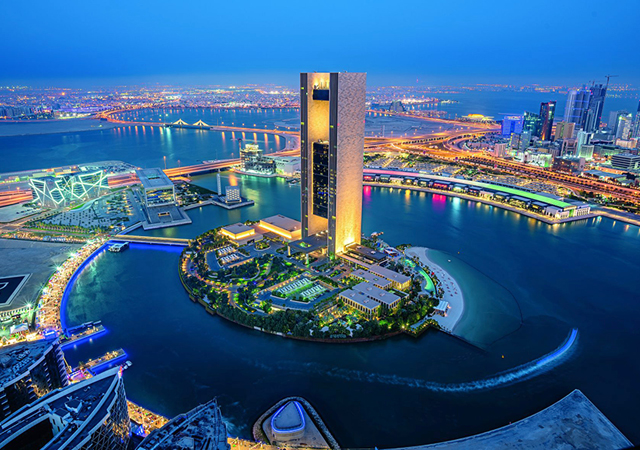

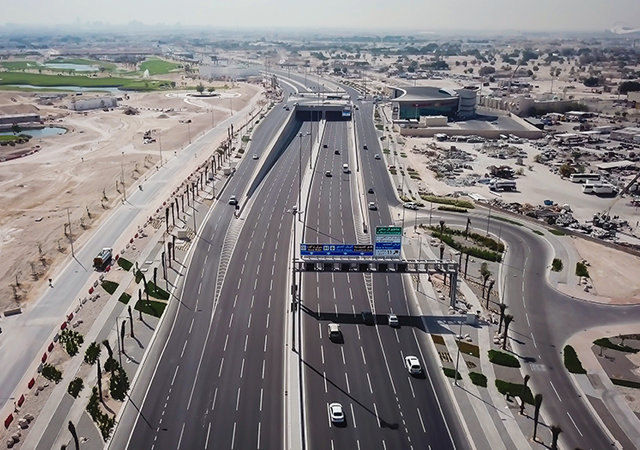


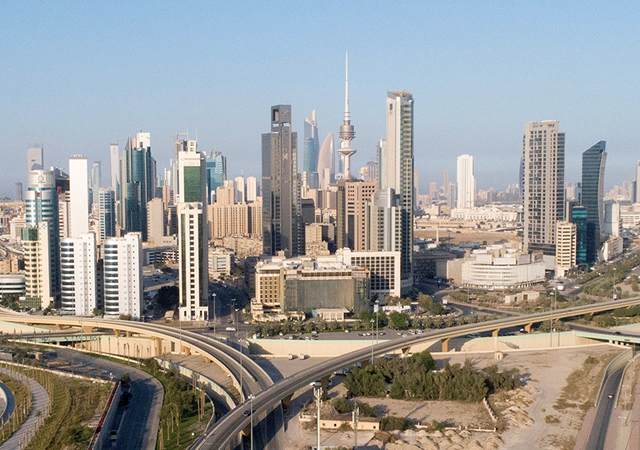
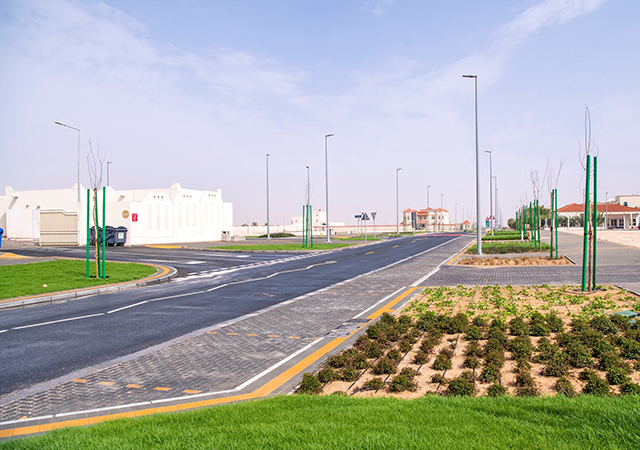
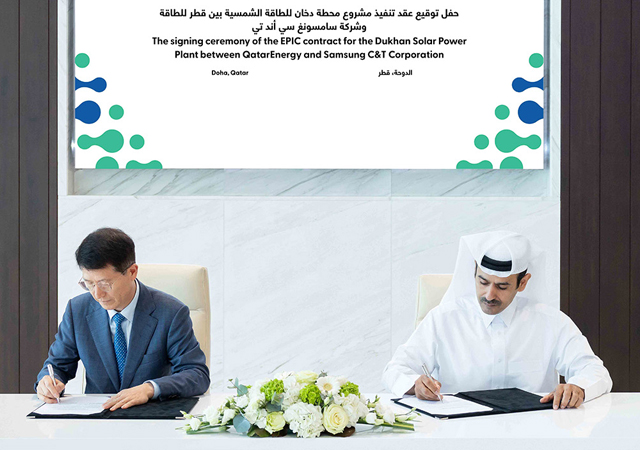
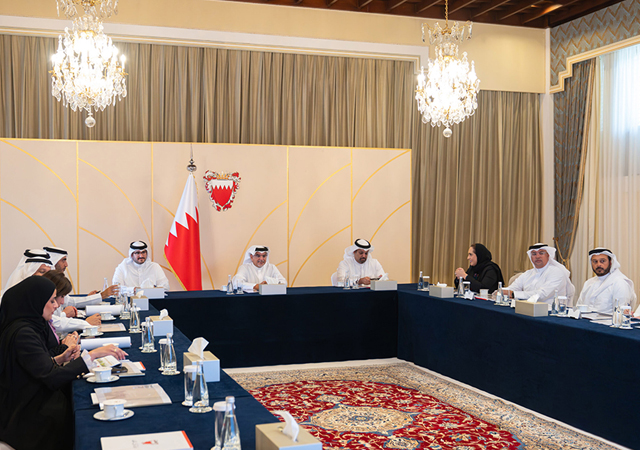


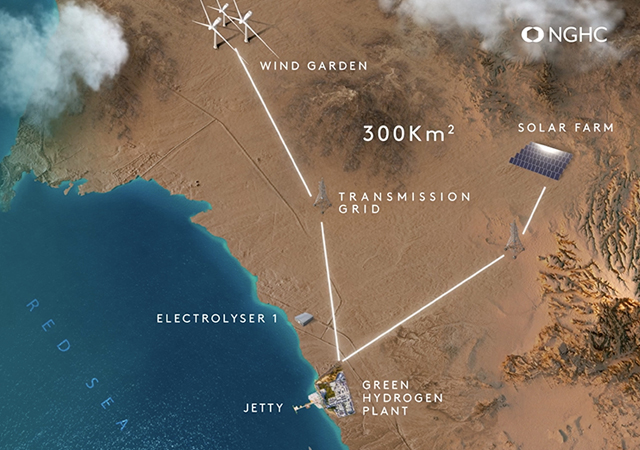
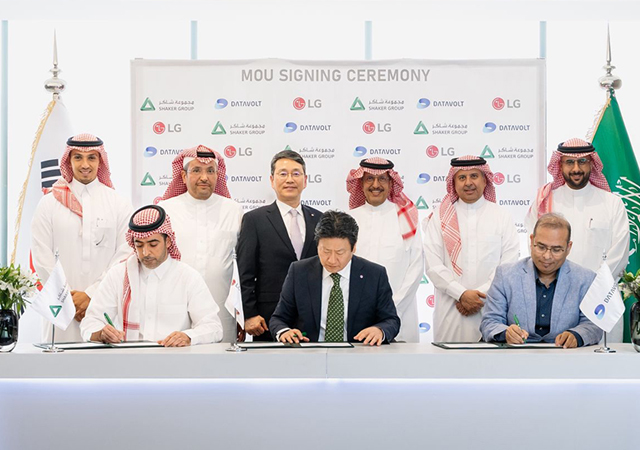
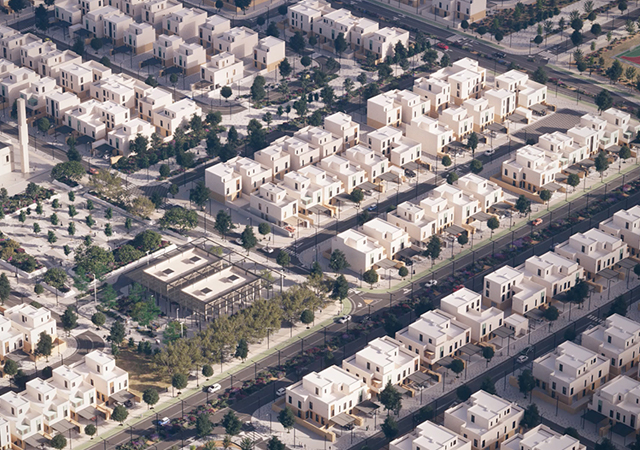

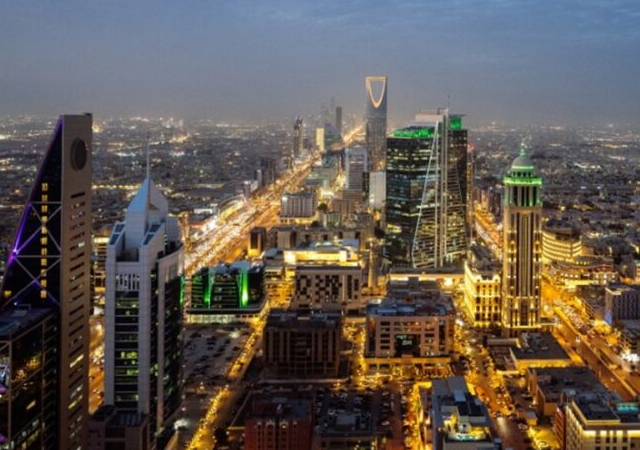
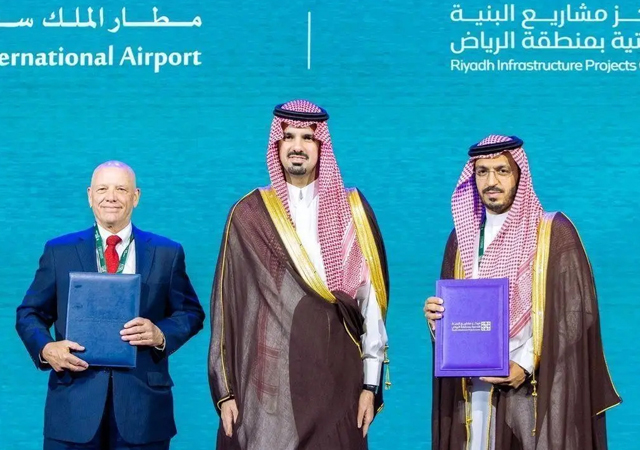

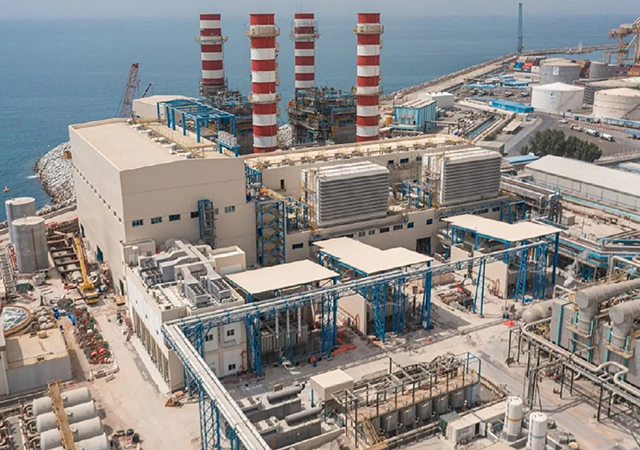


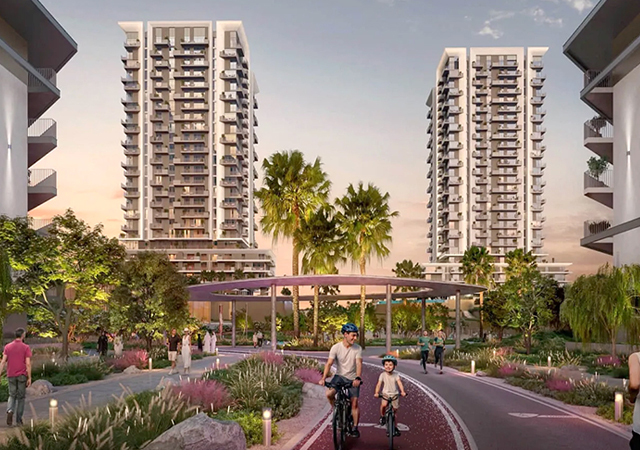
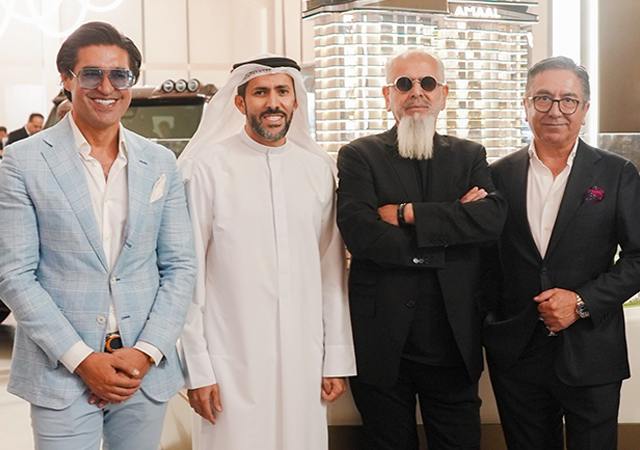
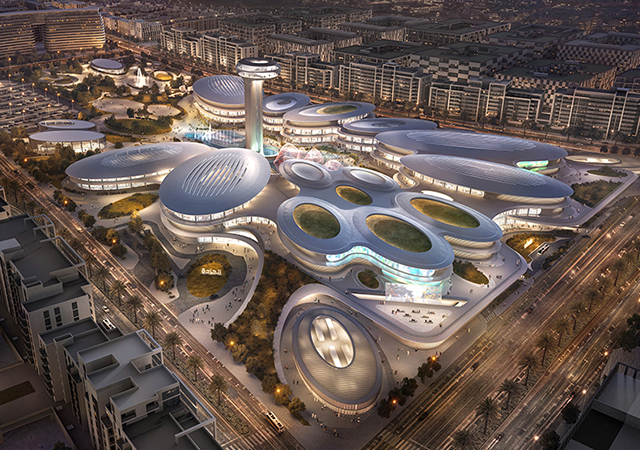
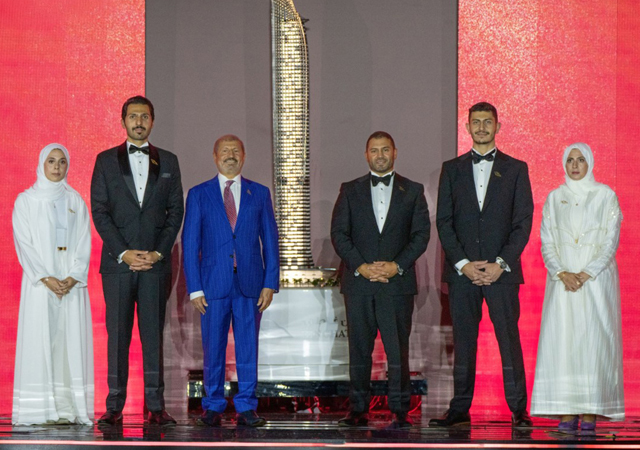
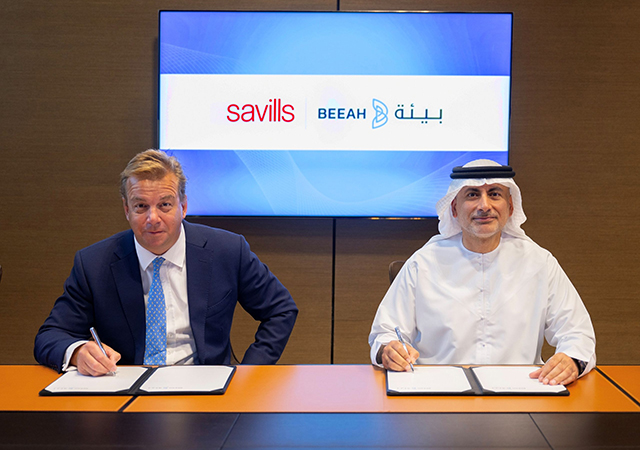
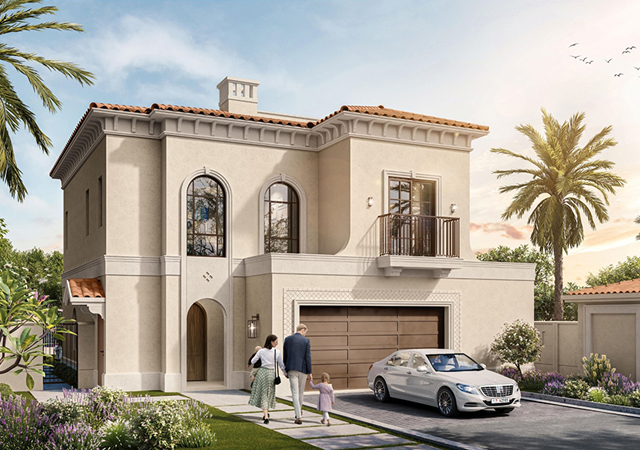
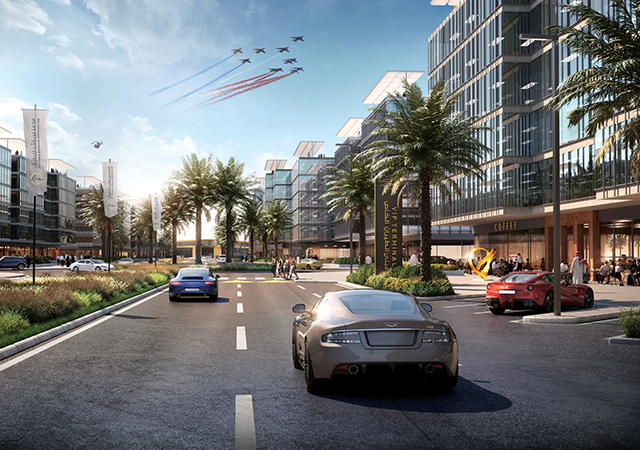
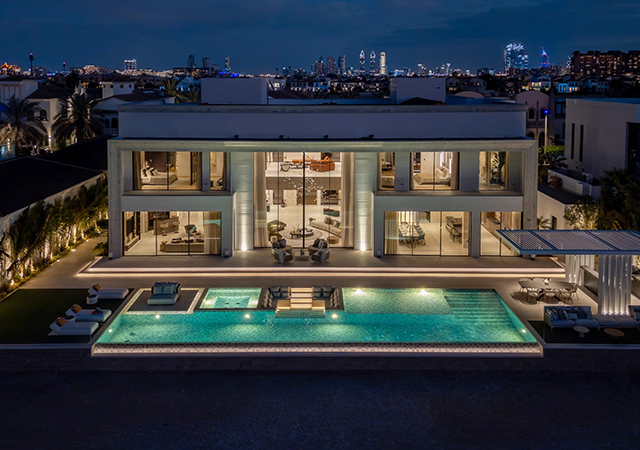
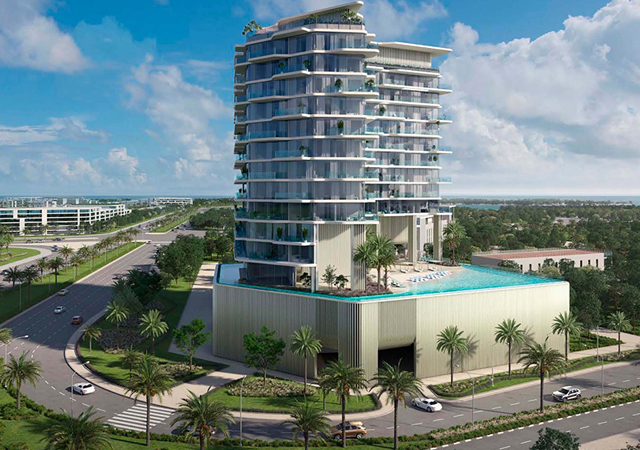
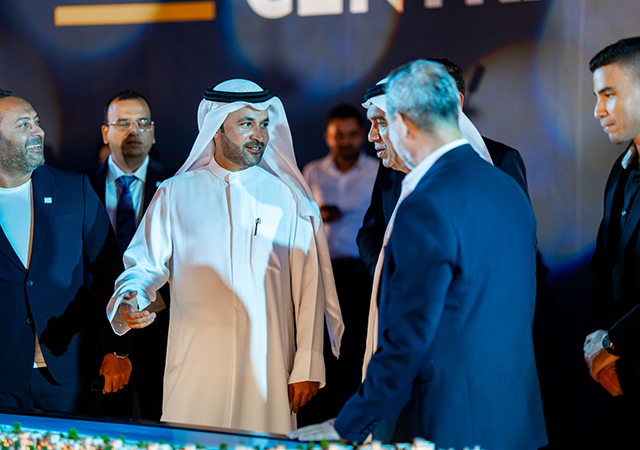

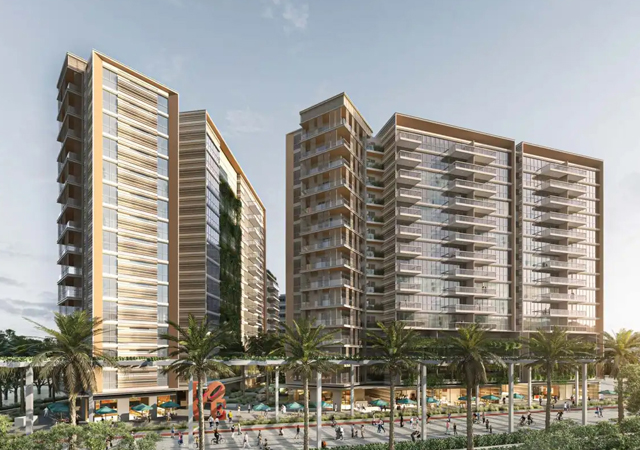
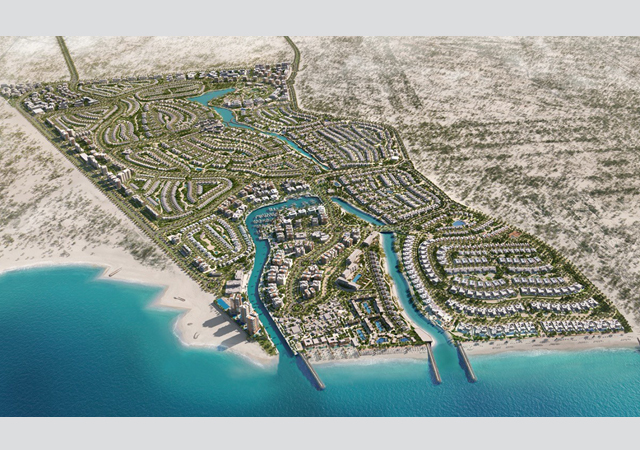
.jpg)


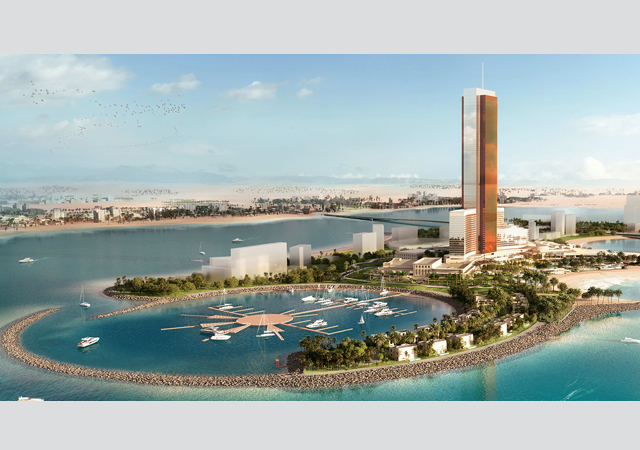
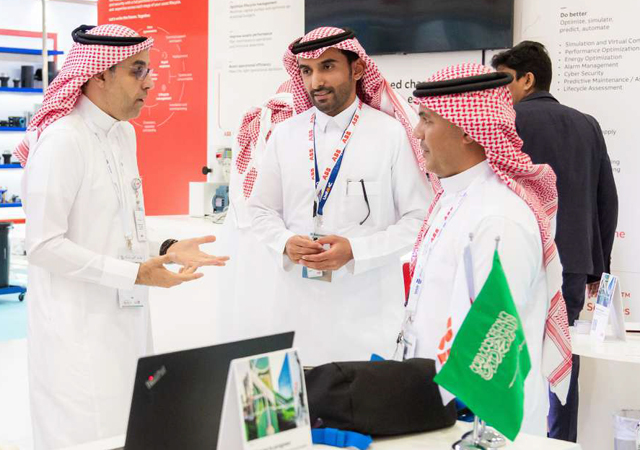
.jpg)
